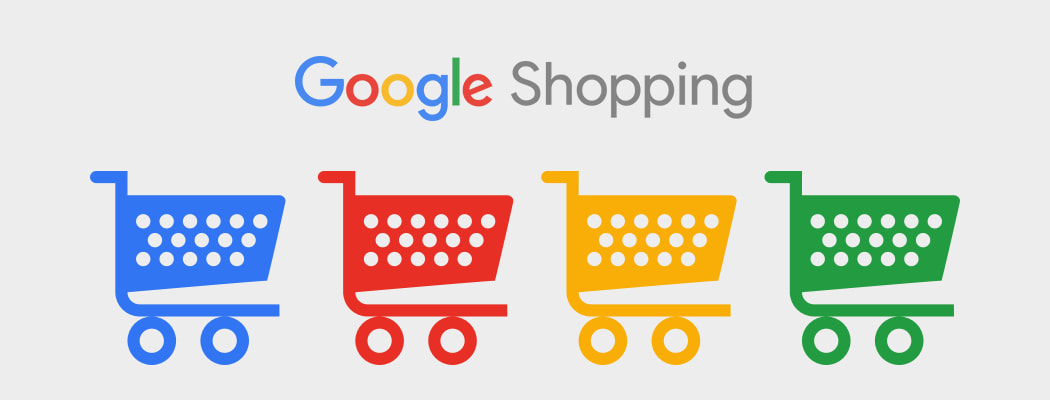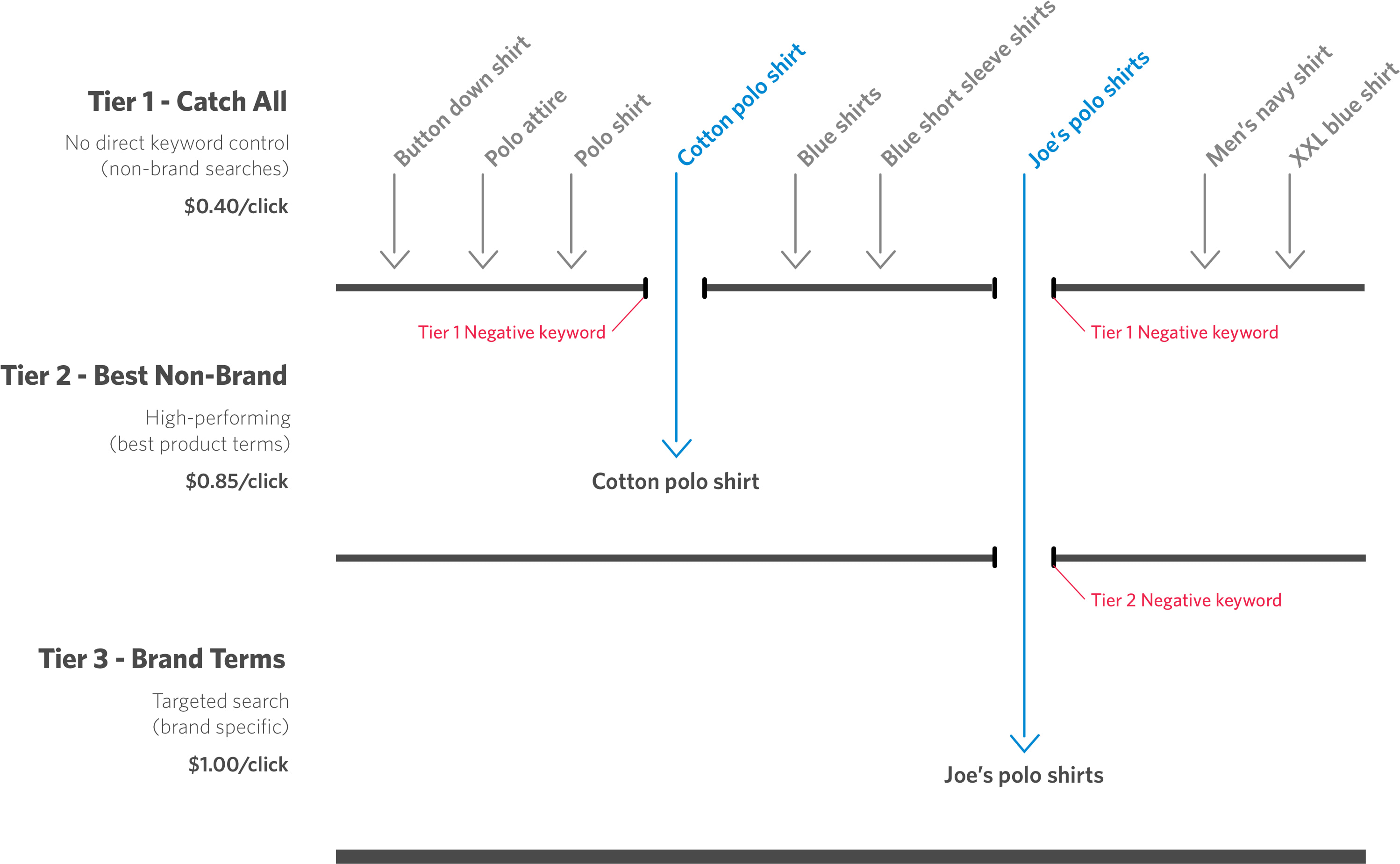The 3 Main Reasons Why Your Google Shopping isn’t Scaling

Many companies are at a crossroads with Google Shopping. It has become an un-ignorable behemoth in paid search for eCommerce, but many merchants feel powerless to scale the channel. What’s worse is many PPC agencies that handle text ads well are laughably amateur at handling a Google Shopping campaign from top to bottom.
Rather than get too down in the minor details of optimization, I wanted to highlight the big things you can do that just unlock a next level of growth.
Product data manipulation
The first way marketers box themselves in when managing a shopping campaign is by simply accepting the product feed they’re given from their eCommerce system.
By locking yourself into the data provided to you, your campaigns will always underperform their true potential. These are the three main ways manipulating the data that comes out of your system prior to it reaching Google Merchant Center benefits you:
-
Keyword targeting – the primary mechanism Google Shopping ads use to target a keyword is their product title. By accepting whatever comes through the feed, you’re missing one of the biggest opportunities to guide the targeting of your shopping ads.
-
Listing quality – there are both direct and indirect factors in the listing quality of your products. On one hand, you have products that can simply error out and not be shown at all, or products that directly have visibility reduced for missing certain fields.
-
Account structure – the way you’re able to structure your actual shopping campaigns is completely tied to the structure of your data. So, the way you manage bids and keywords is dictated by your data structure.
Campaign structure
This sounds boring. It sounds like I’m nitpicking about some organizational preference I have. I’m not, this is absolutely critical and affects how you can scale your campaigns at the most fundamental level.
First and foremost, there’s only one way to get keyword level control over shopping ads in Google and it’s using the 3 campaign, priority-driven method.

In this diagram, you can see that you’re able to essentially sort keywords into one of the three campaigns. This gives you added control over the keywords appearing for a given product and the bids associated with them.
Once you understand how we manage keywords across a stack of three campaigns, new factors that vary from merchant to merchant come into play.
-
Do we need to break desktop and mobile out completely?
-
What stacks of campaigns make sense to build?
-
What adgroups do we need so we can manage keywords more closely?
Once a proper campaign structure is in place, you can now manage keywords and products more closely. This structure enables you to minimize the bad and maximize the good in a way that a typical structure just fails to accommodate.
Product group structure
Lastly, one of the critical factors in managing a shopping campaign is the way you manage product groups. Let’s dive into some of the ways your product groups impact the performance of a Google Shopping campaign.
Ease of structuring new adgroups – If you’re going to break your campaigns up into ad groups (you should), it helps to have product groups that can mimic the ad group structure you want. Manually building these adgroups product-by-product is the stuff of nightmares. Because its so intensive, you’ll never want to change it, even if there’s good reason to.
Bid management control – This is probably the most important factor. You simply cannot control bids on any other level but the product group.
Since the product group structure drives your bidding, you may ask – why not make an individual bid for each product? You can do just that. There are a few factors to consider when doing that though, namely whether the management becomes too cumbersome and your bid rules working against too thin of data.
Summary of data – – Based on how you create your product groups, you’ll see performance data roll up to higher level groups. This can help you summarize performance in logical buckets as well as spot trends.
At the end of the day, Shopping campaigns still don’t have the level of control that search campaigns have, but they do have a great deal more than you might be led to believe. Since managing shopping campaigns is a complex affair, you can easily find a competitive advantage over your competitors and squeeze some amazing performance out of the channel.
Let’s get started.
Find out how we can help your ecommerce strategy.
Get in touch
If you’re a rockstar with big ideas, join our team.




